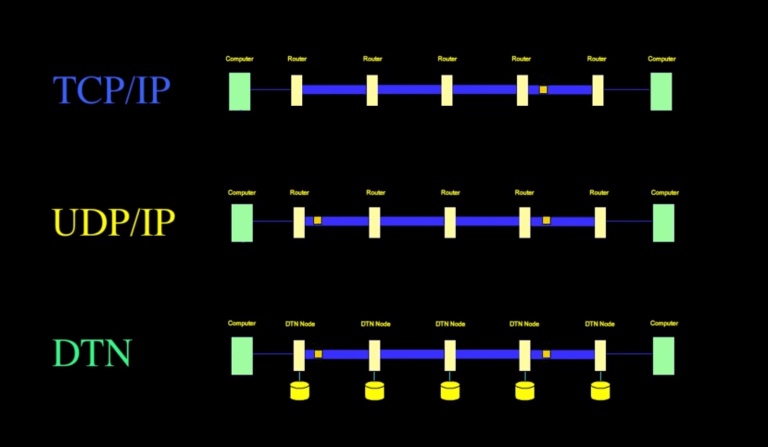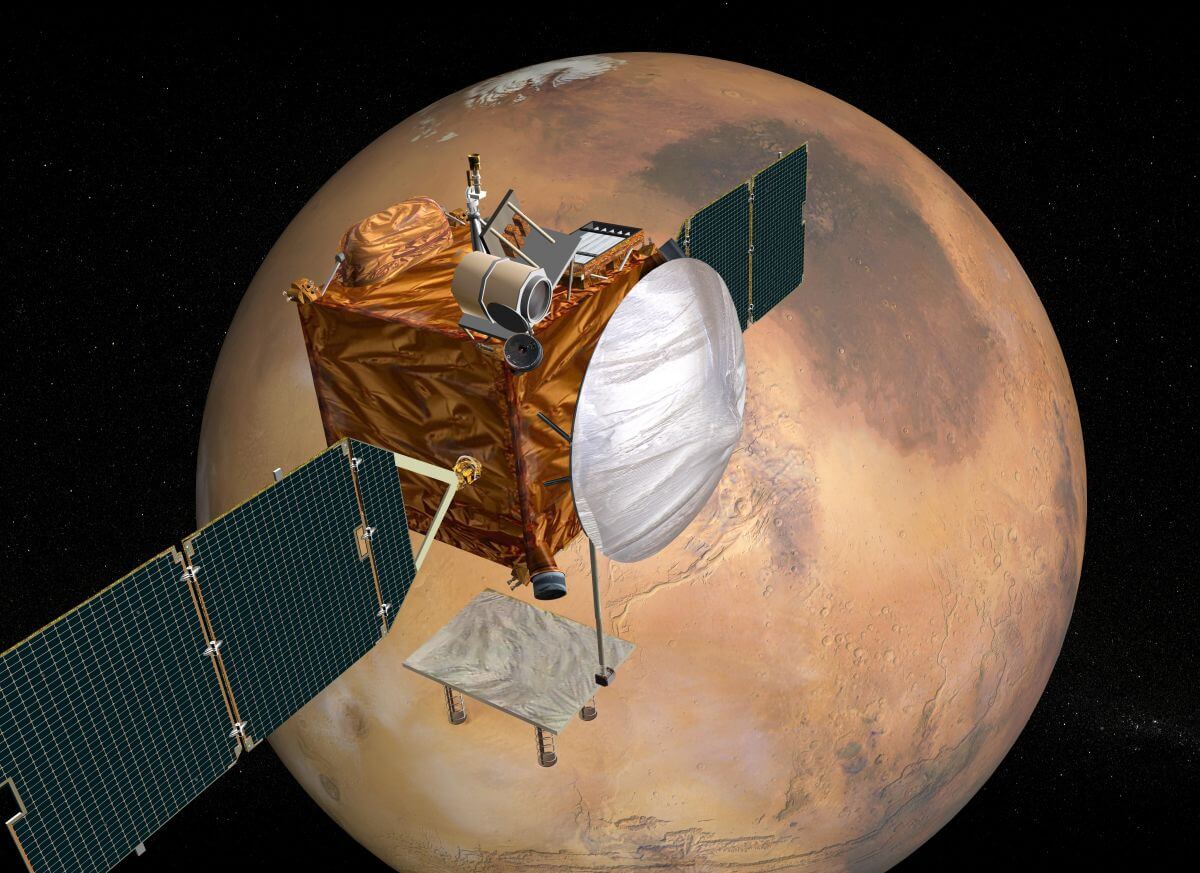
The exchange of information between people and organizations created by them is a fundamental criterion for the existence of civilization. On Earth, the situation with communication, although not ideal, is still not bad. Moreover, more and more private companies are announcing plans to create a global Internet network. The farthest in this, of course, is Elon Musk's company. In the next few years, if projects are implemented at the current speed, most of the world's inhabitants will have access to the network.
But what about other planets? Let's not look too far ahead for now, let's talk about the Moon and Mars. Communication will be needed there, just like air. Moreover, communication channels must be both wide and reliable at the same time - in order to transmit large volumes of content, plus, which is very desirable, not to let down.
There is an exit
Back in 2003, the "father of the Internet" Vint Cerf and his colleagues presented a new development - special packet DTN protocols that are resistant to both crashes and lags. The principle of operation is approximately the same as in terrestrial networks. There is a data source, there is a recipient. And then there are routers that help data packets get from source to destination.
But since space is not Earth, data transmission problems can (and will) arise. Therefore, additional nodes are needed that will store data on the way from source to destination. As a result, the data will be able to get there without any problems, albeit with long delays.

Interestingly, the idea developed in 2003 did not appear suddenly - it is a consistently developing concept, first proposed back in 1998.
Colonizing other planets will be difficult without reliable communications. After all, if something happens, you will not be able to get any advice or any other informational assistance. And this is not talking about the control from the Earth of the vital nodes of the future colony or module.
In 2004, rovers had to send data directly to Earth. The signal was caught by three 70-meter antennas installed in Spain, the USA and Australia (the Earth rotates, but at any given time one or more antennas are in communication). But the channel speed was still the minimum - only about 28 Kbps. And then the idea arose to arrange intermediate data storage nodes - and use for this not additional servers, but PCs of the same rovers and orbiters. This is approximately how the interplanetary network still works.
NASA is supporting Cerf and is gradually implementing the Disruption Tolerant Networking (DTN) project.
On the basis of the developed technology, the “Internet of the Solar System” (its abbreviation in English - SSI) will soon be deployed. It will be a standardized platform with its own communication protocols that will help to transmit and receive data in the most adverse conditions.
How real is all this?
More than. NASA has already conducted several successful experiments that have proven that DTN networks are quite reliable. The first serious testing took place in 2008, when communication with the Deep Impact device was established using the DTN protocol as part of the EPOXI expanded mission. Then scientists managed to obtain 300 images from the probe, which is located at a distance of over 24 million kilometers from the Earth.
In 2012, astronaut Sunita Williams was able to fly a robot from the ISS at the European Space Flight Center. Well, two years later, in 2014, the ISS became one of the permanent nodes of the DTN network, which provides the ability to provide reliable communication between orbiting satellites and the Earth.
What's next?
Moon

In the near future, the agency plans to deploy an LTE network on the Moon. One of the project executors is the Finnish company Nokia, which has already received $ 14.1 million. And this is just one of 15 grants allocated to stimulate the development of new space technologies. Equipment for the deployment of the LTE network should land on the lunar surface at the end of 2022, that is, soon.
The equipment will be delivered using Falcon 9 - this is the cheapest option at the moment. Lunar stations are planned to be made completely autonomous, excluding direct human intervention.
The task set by the scientists during the implementation of the project is to provide spacecraft with full-fledged and fast communication. Anyway, within the base station. If all goes well and the experiment proves its viability, the project will be expanded and with its help the Earth will be able to keep a reliable connection with the Moon.
On the surface of the satellite, different kinds of devices will communicate via TCP / IP, as they will work next to each other. But communication with the Earth will be carried out using a new technology. By the way, base stations from Nokia Bell Labs will be installed on the moon, they are more economical, plus they are smaller in size, so they are not difficult to place on board the rocket. But they have enough opportunities to implement the interplanetary Internet.
Mars

While NASA is working with Nokia to create a 4G network on the moon, SpaceX is going to "connect to the Internet" Mars. It is planned to do this using satellites - the same as Starlink. After they are put into the orbits of the two planets, it will be possible to establish two-way communication.
“We had many reasons to go into the telecommunications business. Companies always want to grow and this was a good growth opportunity for us, but there are other reasons as well. Low earth orbit broadband constellation has never been successful. We always set ourselves ambitious, forward-looking goals. And to implement such a project was a goal that was worth taking on. No one has ever succeeded in this area: Elon Musk always says that this business is littered with the corpses of companies that have failed to succeed. So it was a challenge for us too. This was one of the reasons. The second was that as soon as we send humans to Mars, they will need communications. In fact, I think it will be even more important to have a Starlink-style satellite constellation around Mars. And then of coursewe need to connect two planets - we need to provide a reliable connection between Mars and Earth, "- said SpaceX President Gwynne Shotwell about space communications during an interview with Time Magazine.
As a conclusion, we can say that the combined efforts of such powerful organizations as NASA, SPaceX, Nokia and others will allow the Internet to be “carried out” to the Moon, Mars, and, possibly, to other planets and objects of the Solar System. Definitely, we live in a future (from a technological point of view) that we had only dreamed of before. Perhaps a man will appear on the Moon and Mars in a few years, and we will see all this almost in real time - as quickly as physics and the limitations on the speed of light allow.
In the meantime, we are on earth and have not yet gone to colonize other planets, let's see what is at hand: If we talk about LTE on the Moon, then on Earth there is such equipment. Here is an example of Zyxel LTE equipment for those who have difficulties with cable infrastructure or want to have a backup Internet channel.
And if you liked it, come to us and stay:
- News channel in Telegram
- Telegram chat support for specialists
- Forum for specialists
- Our YouTube